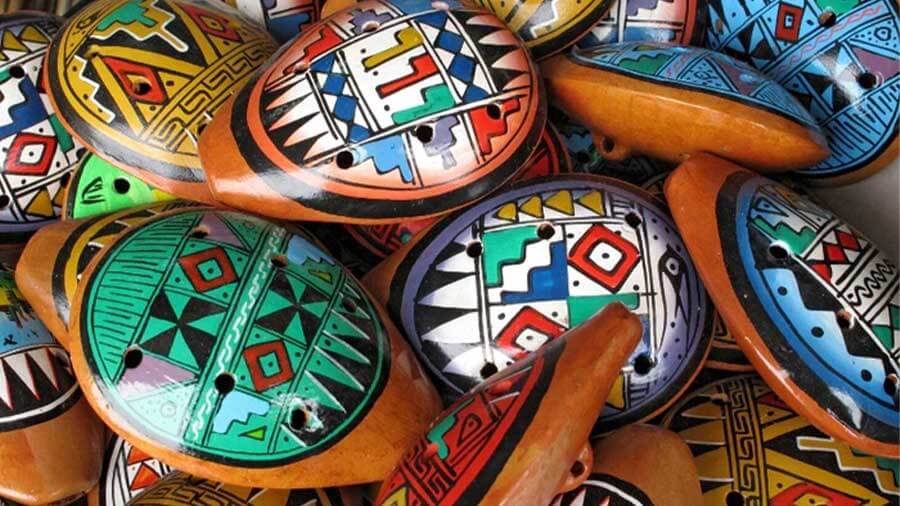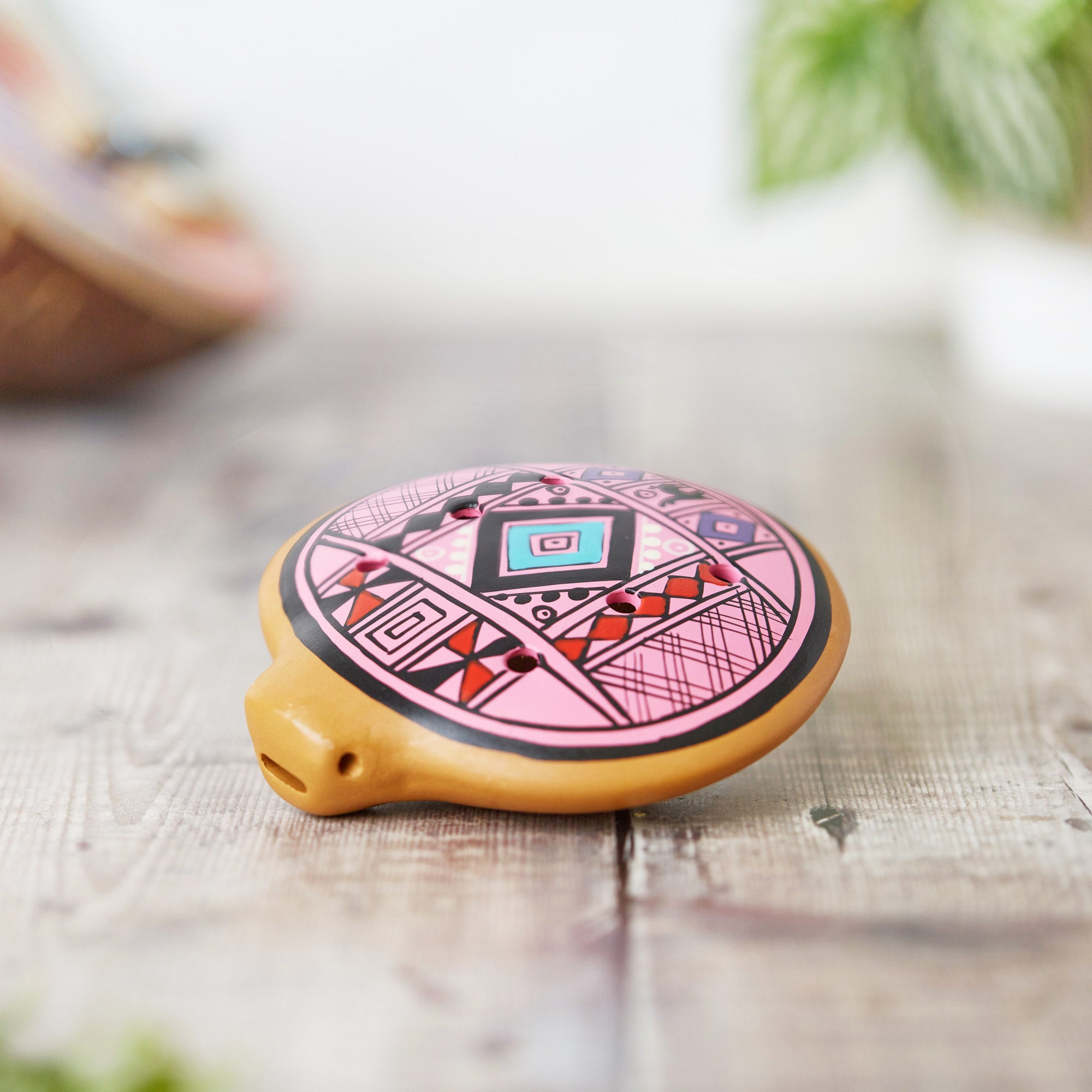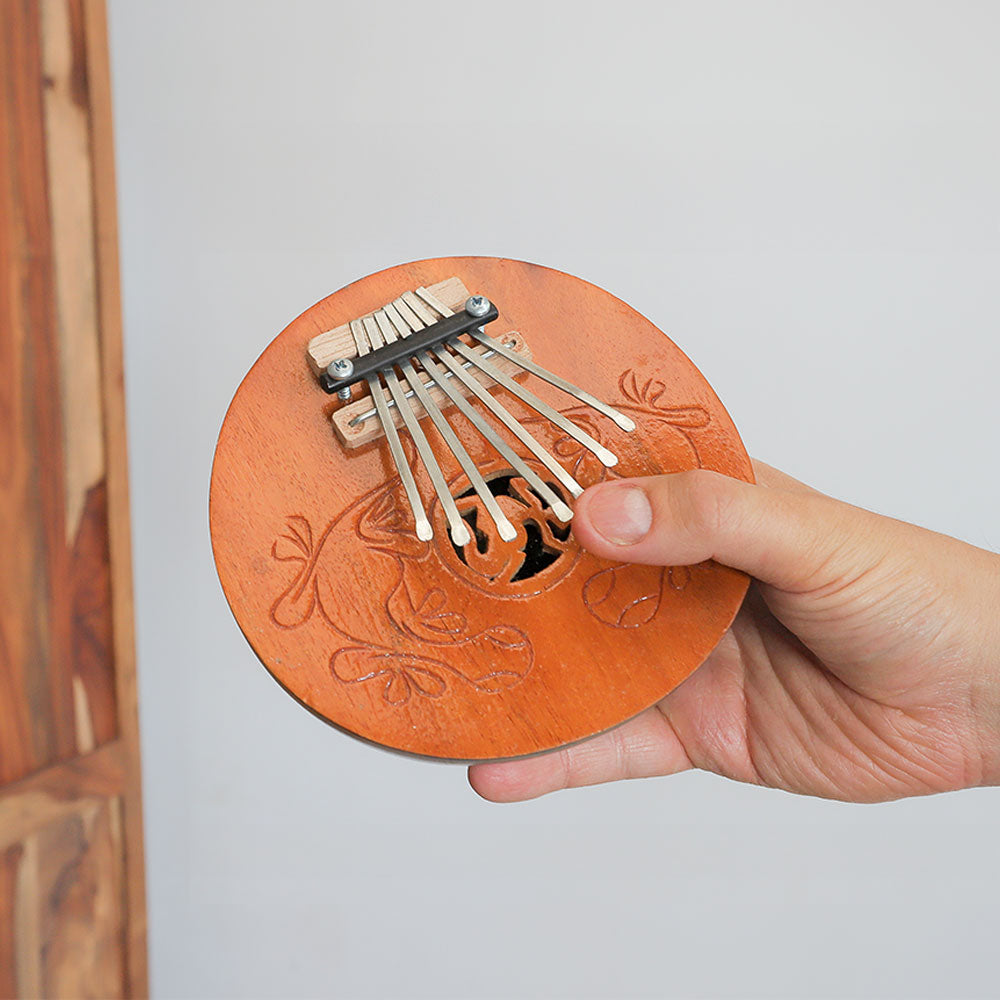The ocarina is a woodwind instrument dating back to 5,000 BC in America and India, is traditionally made from clay by shaping a mouthpiece and attaching it to the body. Air flows through the mouthpiece, hitting the roof to create sound. After hollowing out the body, finger holes are added before drying and painting. Ocarinas come in many shapes and sizes—submarine, animal, pendant, transverse, Inca—and usually have 4 to 12 finger holes with a blow-piece. While clay and ceramic are common materials, they can also be made from glass, wood, plastic, or bone.
What's the history Ocarina?
The ocarina, meaning ‘little goose,’ was named by Italian musician Giuseppe Donati in 1853 who shaped its modern sweet potato form, though similar instruments date back over 12,000 years to ancient Mayan, Aztec, and Chinese cultures. While invented in Italy, it’s best known in China as the xun, integral to traditional song and dance.
Made from clay, bone, and wood, ocarinas are valued worldwide for their soothing tones and ease of use; ceramic models offer durability and warmth, with smaller diatonic keys like C or G ideal for beginners. Their popularity as gifts and teaching tools has led to diverse designs—from hand-painted Nazca to submarine and animal shapes—suiting players and collectors.
How to make an Ocarina?
There are many ways of making an ocarina, you can use clay or wood, carve the wood to the shape, make the holes and test to make sure it works, with clay there are plenty of tutorials on how to make one, from beginner-advanced.
what are uses for an ocarina?
Ocarinas serve a multitude of purposes in both traditional and contemporary contexts. In addition to being musical instruments, they hold cultural significance in ceremonies and rituals across different cultures. Ocarinas are used in performances ranging from solo recitals to group playing, and they have found their way into different musical genres, including classical, folk, pop, and even video game music.
How to play the Ocarina?
Playing the ocarina is easy to learn—similar to a flute—by covering holes to control airflow and blowing into the mouthpiece to produce different notes. Beginners start with breath control, finger placement, and scales, progressing to simple songs like "Twinkle, Twinkle, Little Star." Consistent practice using tutorials, books, and videos is key, with short focused sessions and feedback helping steady progress.
The ocarina’s tuning depends on air speed and pressure: slower, lighter breaths produce lower notes; faster, stronger breaths create higher ones. Players use their tongue to articulate notes and control airflow, enabling staccato (short, detached notes) and legato (smooth, connected notes) effects, which add expression and variety to the music.
How to maintain my Ocarina?
Maintaining your ocarina is essential for preserving its condition and ensuring optimal performance. Regular cleaning with a soft, dry cloth removes moisture and oils, while occasional deep cleaning with a damp cotton swab prevents buildup in finger holes and mouthpieces. Store your ocarina in a protective case or pouch to shield it from dust, dirt, and damage, avoiding exposure to extreme temperatures or humidity. Handle your ocarina with care to prevent dropping or impact damage, especially during transportation.
Consider oiling clay or ceramic ocarinas to maintain their finish and prevent drying or cracking. Regularly inspect your ocarina for signs of damage and have it repaired promptly if necessary. By following these maintenance practices, you can prolong the lifespan of your ocarina and enjoy its music for years to come.








